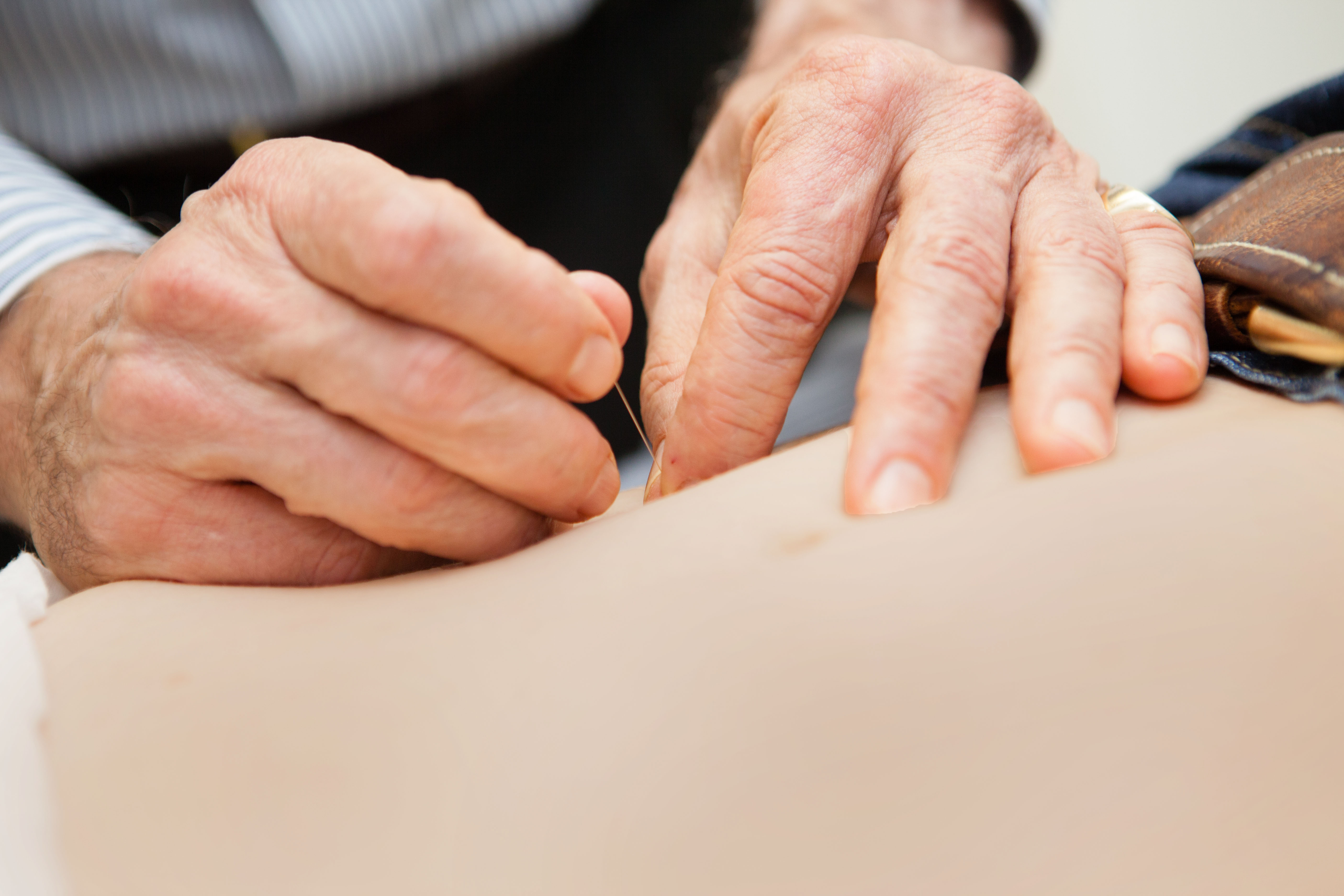
Acupuncture falls under the umbrella of Chinese medicine. It’s’ a needling technique that has been used for thousands of years to treat a variety of illnesses and injuries. The needles are used to stimulate acupuncture points throughout the body to help restore balance or heal a patient.
There are a variety of factors that influence how practitioners use acupuncture, including but not limited to:
- The size of the needle
- The pressure used with the needle
- The depth of insertion of the needle
- The location of acupuncture points stimulated
While I do practice traditional Chinese acupuncture, which involves inserting hair-thin needles into the skin, my speciality is a lesser-known practice of non-insertive acupuncture called Shakuju Therapy.
Shakuju Therapy
Shakuju Therapy is a type of acupuncture where a small, thin blunted needle is used to stimulate acupuncture points without breaking the skin. I call it acupuncture without the puncture. The theory was developed in Japan by a leading acupuncturist Dr. Shoji Kobayashi. I had the privilege of learning directly from him and am now honored to one of eight selected, certified teachers outside of Japan to teach it.
What does shakuju mean?
Dr. Kobayashi calls his practice “Shakuju Therapy” because it combines two concepts: “shaku”, a deeper and more fundamentally important form of system imbalance and “ju”, a more superficial, less critical manifestation of imbalance.
According to him, “when people are born, they are warm and when they die, they become cold.” When illness or disease strikes, this is when the body starts to become cold or depleted. Stimulating the movement of this vital energy creates warmth, allowing the body to start to heal itself or restore balance. In so doing, the shaku and ju are diminished and hopefully removed.
In Western medicine, this “vital energy” encompasses all biological processes that are interdependent on communication even at the cellular level. Proper function of these processes are dependent on proper circulation, as for instance, sufficient blood flow is vital to one’s wellbeing. Therefore, Shakuju Therapy can assist a patient in maintaining better homeostatic balance and recover from an illness by restoring proper circulation.
Non-insertive acupuncture
Think of the needle as a conduit for directing a message for the circulatory systems. All the practitioner has to do is intently focus on directing the appropriate message through the needle to encourage flow to a particular area of the body. Through my practice, I have found that patients heal just as effectively with non-insertive acupuncture. Suitable stimulation of a targeted acupuncture point on top of the skin is enough to create warmth for the body to start to heal itself.
Get help from Gracey Health
There are added benefits of receiving a non-insertive acupuncture treatment. To name some, it’s gentle enough for prenatal and geriatric care and for those who are needle shy.
When combined with other complementary therapies and holistic health care advice, non-insertive acupuncture could be the right treatment for you. Stop in to our Belmont or Brookline office to find out.
Leave a Reply